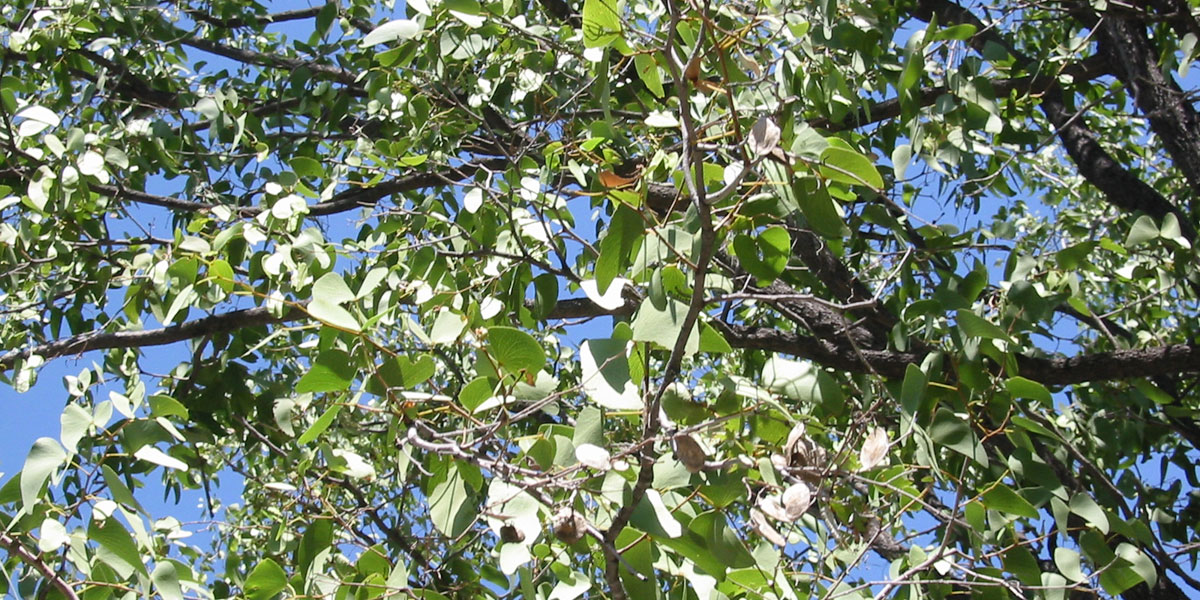
||Gâis
||Gâis (Colophospermum mopane, mopane) is the tree species constituting the dominant form of vegetation in many parts of Etosha - A multi-use tree for the Hai||om.
BORN IN ETOSHA - KEEPING IT ALIVE!
The Hai||om know hundred of plants for many uses, for example as bush food, medicine and poison for their arrows.

||Gâis (Colophospermum mopane, mopane) is the tree species constituting the dominant form of vegetation in many parts of Etosha - A multi-use tree for the Hai||om.
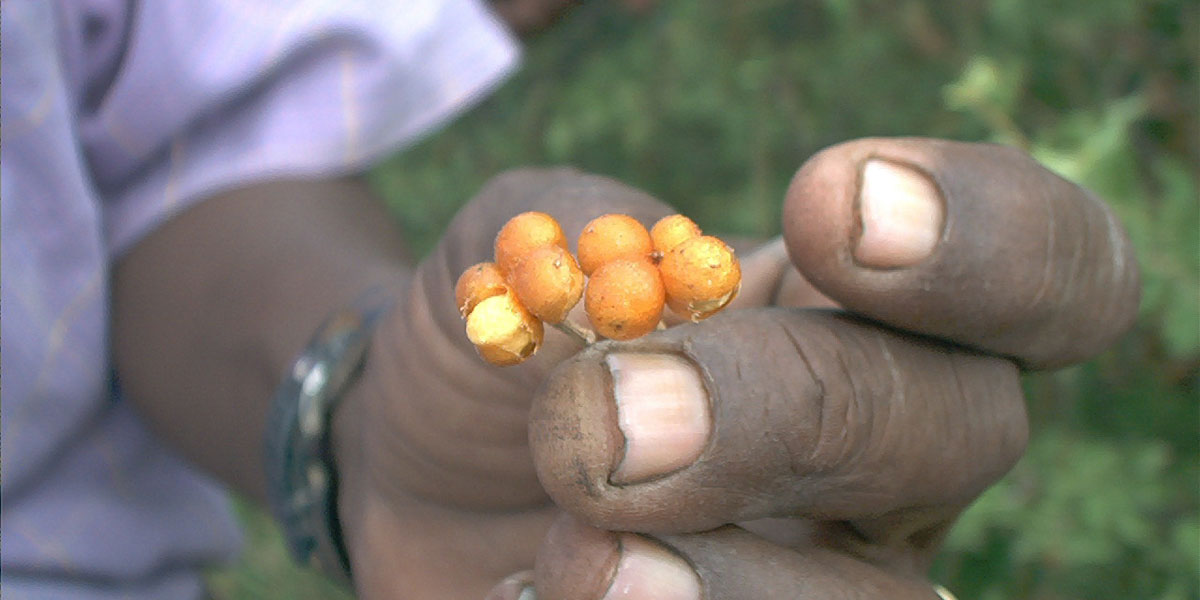
||Naraka||nais is a many-stemmed shrub which can grow up to 1.5 metres high. Its distinctive four-globed, orange-yellow berries are a delicious bush food.
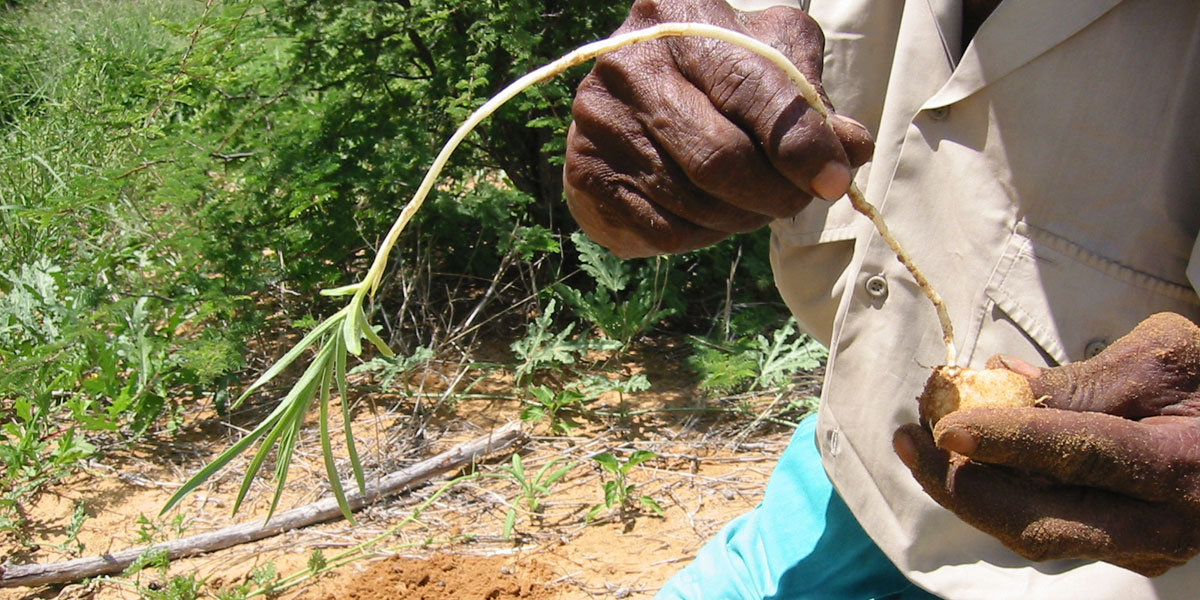
The ||nuus is a perennial plant with grass-like leaves; it reaches a height of about 20 to 30 cm. It develops small, roundish tubers (||nuun) which resemble small potatoes
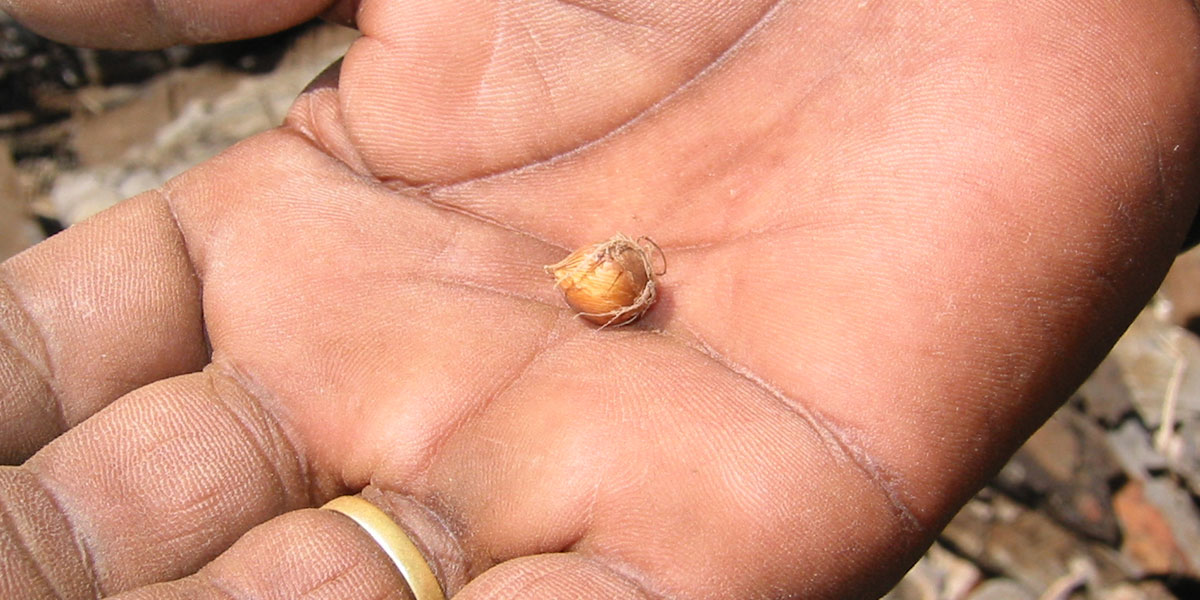
!Hanni is an important staple that is found throughout the Etosha area. The plant has erect, shiny green leaves.
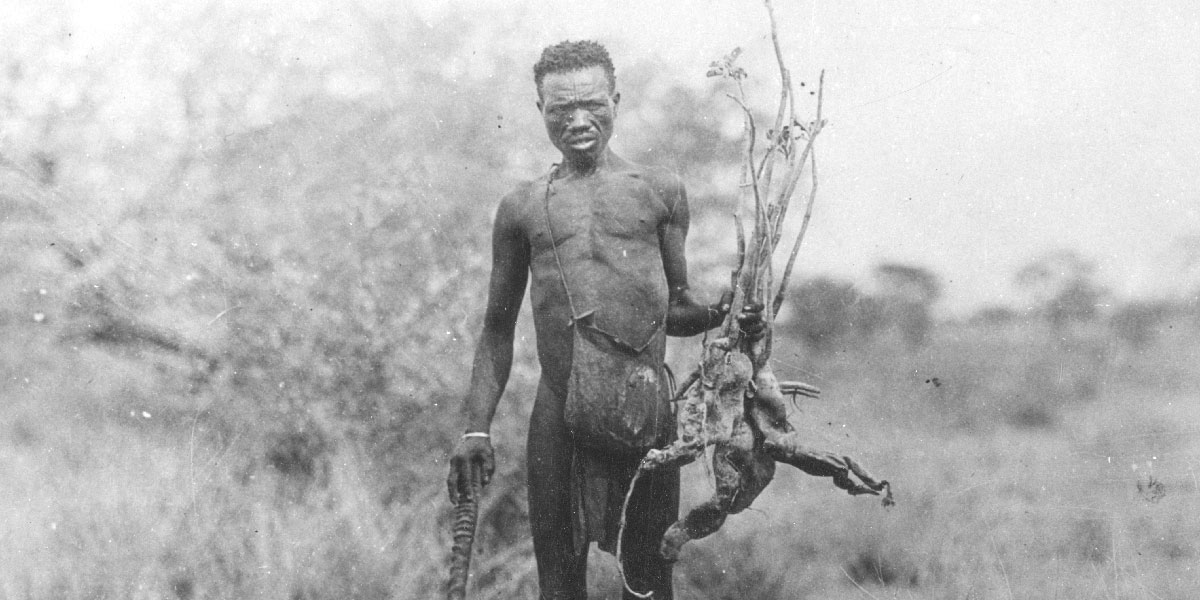
The Hai||om used the root of !Khores (Adenium boehmianum) for making poison for their arrows
.jpg)
The ‡âus occurs as a shrub or small tree, and is widely distributed throughout Etosha. The berries (‡âun) are much-liked by the Hai||om for their sweet taste
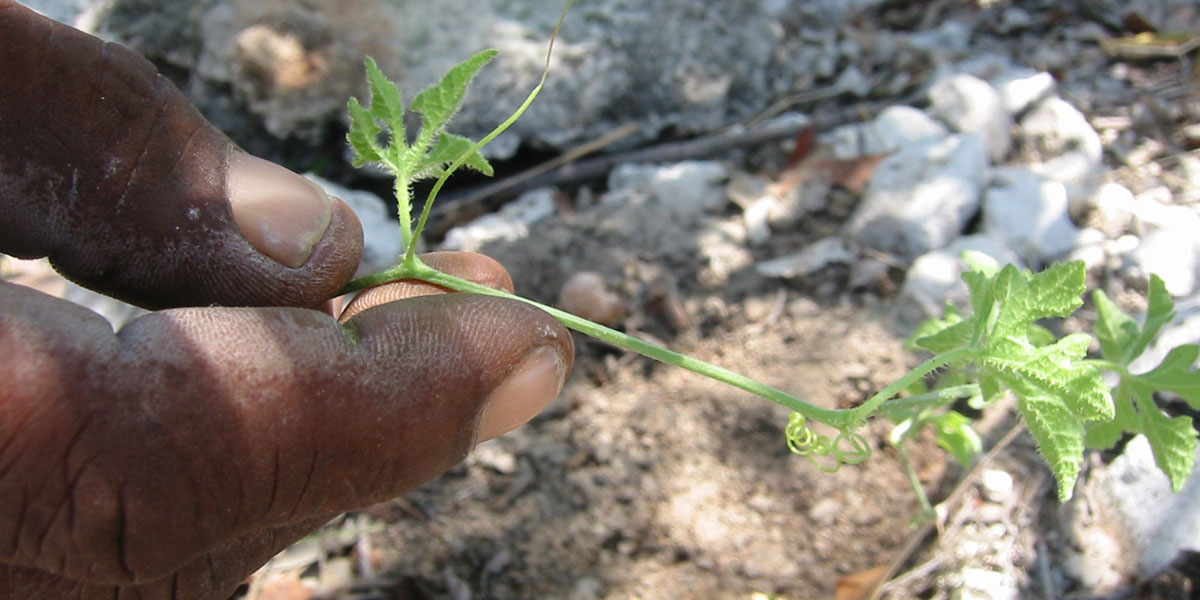
‡Gubun is widely distributed. The twining plants have large white tuberous roots that are roasted and eaten throughout the year.
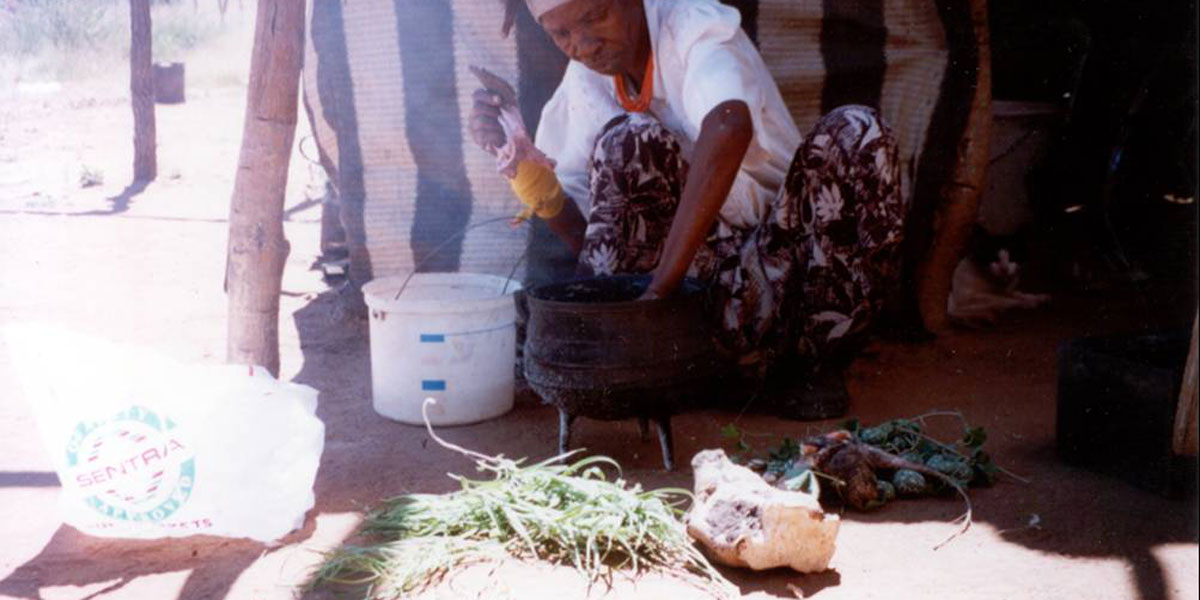
The ‡habab is a large, white, fleshy tuber that was profoundly important to the Hai||om, as it was an important source of water
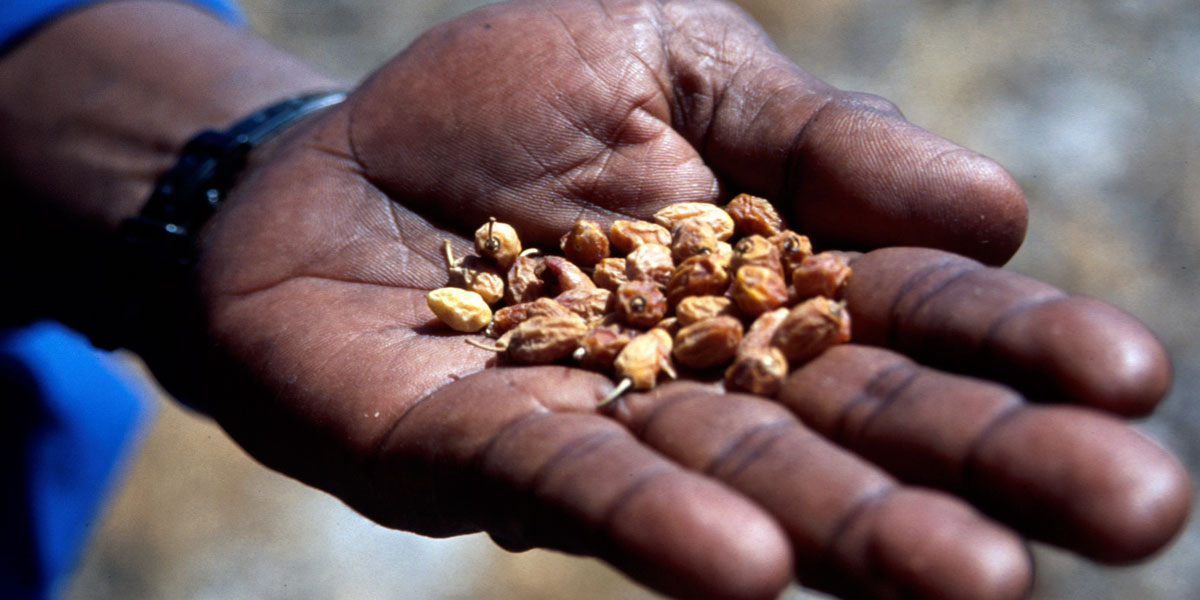
The ‡huis is a medium-sized tree which occurs singly throughout Etosha. When ripe the fruits are a rich source of vitamin C.
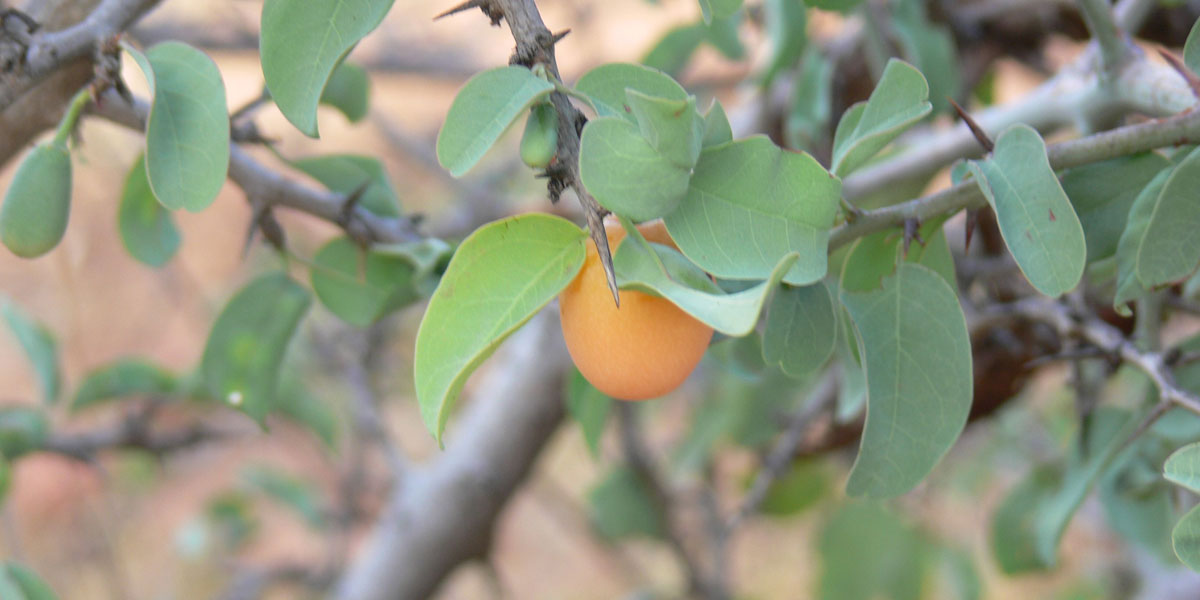
The ‡iiros, a spiny shrub, is not very common in Etosha. The orange fruit are about 25 mm in diameter and sour-sweet tasting.
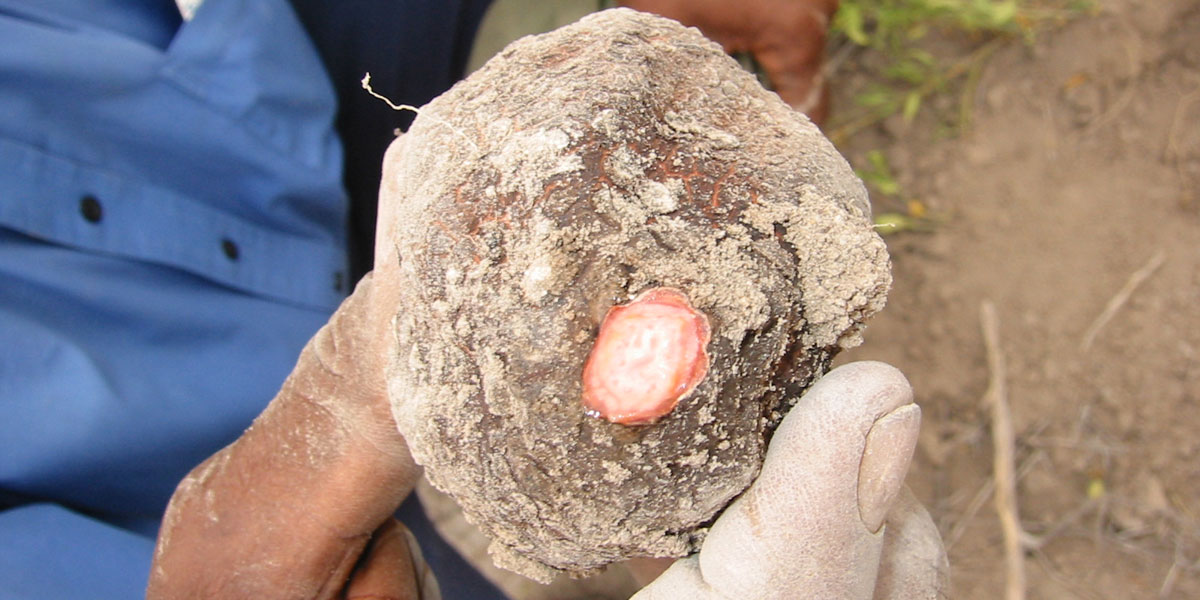
Gunub (Hydnora abyssinica) might easily be mistaken for a fungus, but is in fact an unusual, leafless parasitic plant - a very popular bush food.
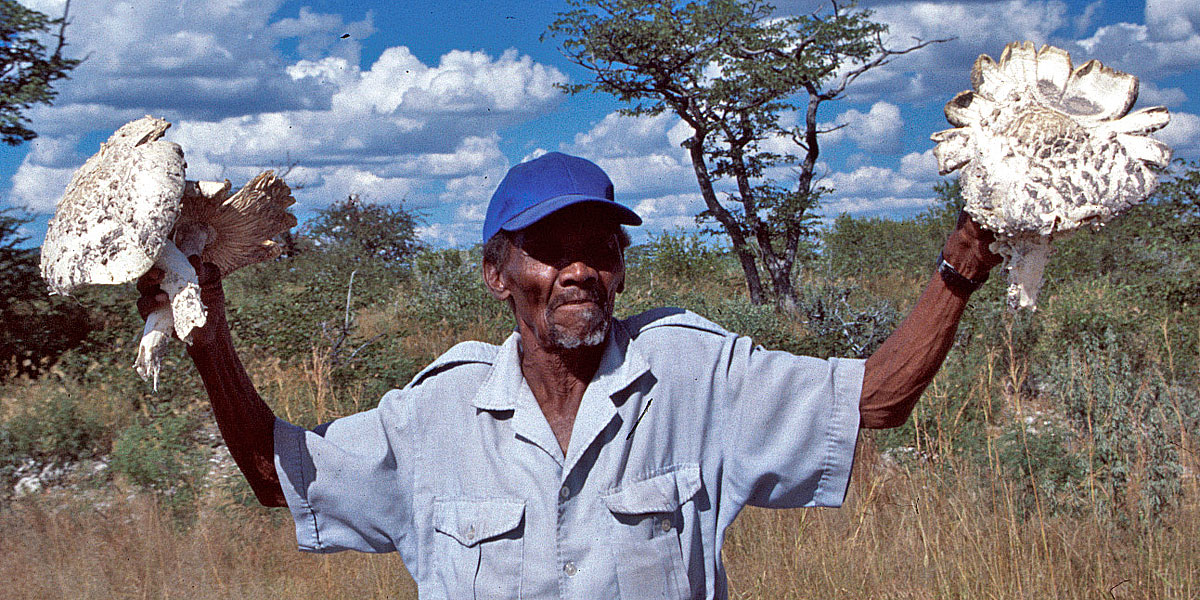
Naun are very large and very tasty grey-white mushrooms, with caps of up to 30 cm in diameter not being unusual, growing on termite hills.
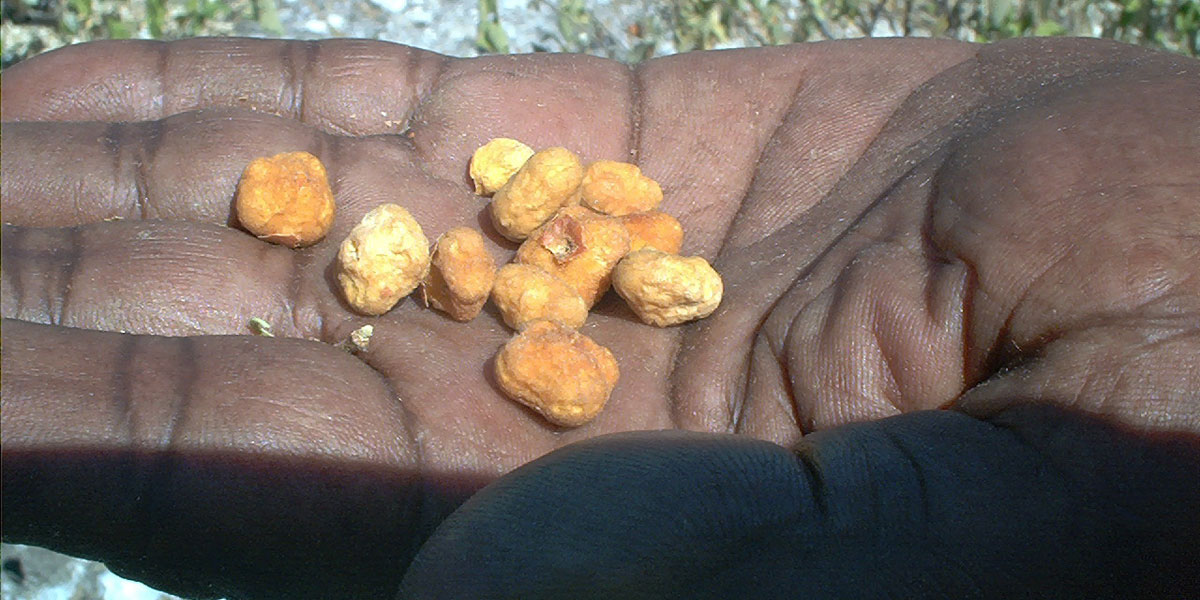
Sabiros is widely distributed throughout the tree and shrub savannah and on dolomite hills. It has sweet, yellow-orange, hairy berries.